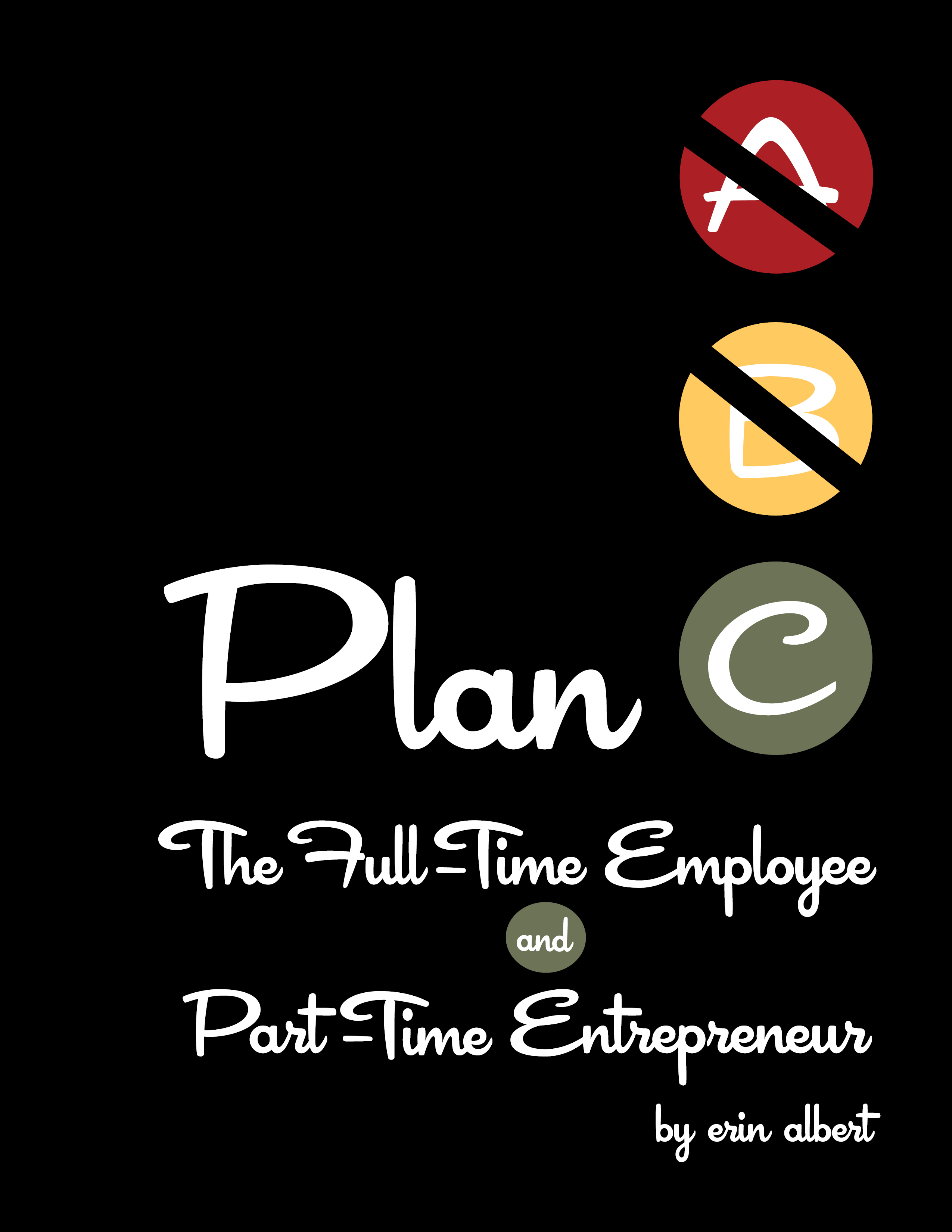It looks like a continuation of a weak economy is likely for at least the rest of 2012. We know from previous surveys that weak demand is what is holding businesses back from hiring. It appears that a turnaround is not in our immediate future.
There were some signs of hope in March’s employment numbers. Intuit Small Business Employment Index showed modest growth in jobs. And the latest survey from the NFIB also showed some improvement in March. One exception to these surveys was SurePayroll’s Small Business Scorecard, which showed no job growth in March.
While there has been evidence of modest improvement in job creation over the past few months, the outlook is not good for any continuation of job growth in the economy. It appears that any improvement may have been short-lived and not sustainable.
“March came in like a lion, with Main Street seeing significant job growth in March—but it appears to have gone out like a lamb, and with no cheer in the forward-looking labor market indicators. What could have been a trend in job growth is more likely a blip,” said NFIB Chief Economist Bill Dunkelberg. “And what looked like the start of a recovery in profits fizzled out. The mood of owners is subdued—they just can’t seem to shake off the uncertainties out there, and confidence that the management team in Washington can deal with the effectively is flagging. What we saw in March is painfully familiar – this was the same pattern of growth followed by months of decline from 2011. History appears to be repeating itself—and not in a good way.”
An additional concern in the NFIB survey is that those small business owners who do want to hire, are having difficulty in finding qualified workers. Among the entrepreneurs we work with, the specific shortage is in technology workers.
So what do we hear from policy makers in Washington? They continue to treat the current situation as if it is simply a shortage of capital. The latest attempt to pump money into the system comes from the “Jobs Act.” This legislation is an attempt to open up capital markets to support entrepreneurial ventures to a broader group of investors. (NOTE: The devil is in the details regarding any impact on this new law as the SEC has yet to write the rules. Stay tuned, as the actually implementation of this bill will likely be very different than advertised by the politicians who passed it).
But even if the Jobs Act was implement as promised, it does not solve the real problem in our economy. As Ami Kassar rightly points out, this bill plays into the myth of what kind of entrepreneurial activity really grows an economy. This is a bill that plays well in Silicon Valley, but probably will have little or no impact on Main Street. Kassar argues:
In my opinion, the last thing these main street entrepreneurs need is crowdfunding (passed in the Jobs Act today). The first thing an entrepreneur should do is try to figure out how to execute their business model without selling off shares to investors. After all, the investors never go away in their company.
We should be encouraging our entrepreneurs to bootstrap their ventures. We should be doing everything in our power to open up lines of credit and loans at reasonable prices to small business owners. We should be doubling down on efforts like SCORE and / or the SBDC’s to provide mentorship.
And we need to leave more money in the pockets of the consumers who do have jobs and in the bank accounts of the small business owners struggling to sustain their businesses through this prolonged recession. Government is never an efficient nor an effective middle man for economic growth. Let’s keep more of the money people are earning in their wallets so they can begin to spend more of it on Main Street.

